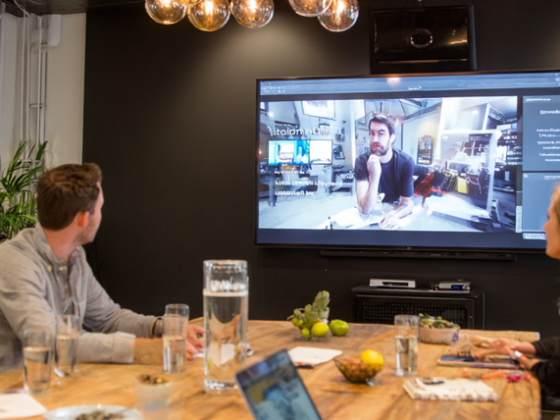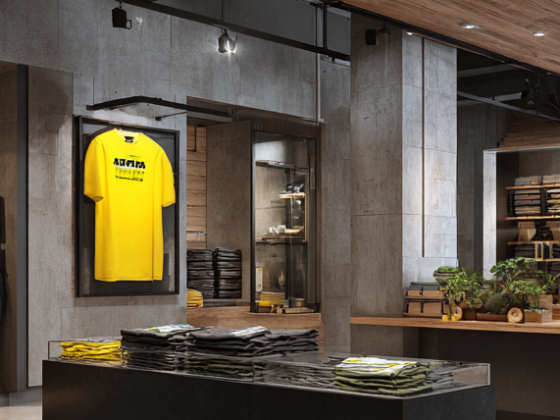share this article
Moving from pure digital to a physical store isn’t a channel change; it’s an operating-model shift.
A lease fixes your costs, constrains your options, and sets precedent for every deal that follows. The goal isn’t to scare you off—it’s to help you sign with eyes open, so Store #1 becomes a blueprint you can repeat, not a one-off you have to unwind.
You’re not just a brand anymore—you’re a tenant
Online, you can pause, iterate, or reallocate budget in a week. A lease locks you into timelines, rent, and delivery conditions you don’t fully control. That’s not inherently bad; discipline can sharpen the model. But it means term length, rent-start triggers, kick-outs, radius, and TI aren’t boilerplate—they’re the levers that determine how agile you’ll be when reality doesn’t match the pitch. Treat the paper like strategy, not paperwork.
Tradeoff to understand: shorter base terms with options and performance outs increase flexibility but can raise effective rent or shrink TI; longer terms can lower rent and increase TI but limit your ability to pivot without paying for it.

Customer experience becomes operations
UX turns into how your store runs on a rainy Tuesday: staffing, training, shrink control, ADA, HVAC, storage, deliveries, hours, and center rules. Done well, four walls deepen engagement and lift e-comm in the trade area; done poorly, they add cost without moving the business. Build the prototype like a learning lab: instrument the box, measure conversion and halo, and be ready to tweak assortment, hours, and layout based on what the data says—not what the deck promised.
Your P&L gets heavier—and clearer
Rent, buildout, maintenance, insurance, and payroll don’t scale down because traffic dips. Fixed costs force rigor: productivity targets, four-wall contribution, payback, and any omnichannel lift need to be explicit and trackable. A weak lease or overbuilt store doesn’t just miss plan; it drags the P&L until you fix or exit. Bake the exit into the lease before you need it.
Real estate is not just a place—it’s precedent
Your first site tells landlords, investors, and your own team how you intend to grow. A flashy, high-street box can build brand heat but teach you little about what will scale; a demand-led site in a representative trade area yields the data you need for Stores 2–10. There’s no single right answer—only the one that matches your margin structure, capital plan, and risk tolerance. Pick the location that helps you learn fast and negotiate better next time.

A practical lens before you sign
- Term & options: match commitment to proof and payback; pair shorter bases with clear renewal paths or, for heavier capex, longer terms with flexibility elsewhere.
- Downside plan: performance-based kick-out or defined break option; if not, trade for rent ramps, relocation rights, or broader assignment.
- Growth room: narrow radius by distance, duration, and format so you don’t fence out the next store.
- TI & rent start: document delivery conditions, TI draws, and rent-start triggers tied to true possession and LL work completion.
- Prototype discipline: set target cost per square foot and a kit-of-parts you can replicate without re-engineering every build.
Bottom line: Going from clicks to concrete isn’t about finding a cool space; it’s about committing to an operating system you can scale. Make the lease your blueprint, design the first store to learn, and keep your options open—on purpose.




